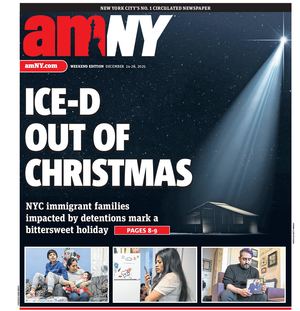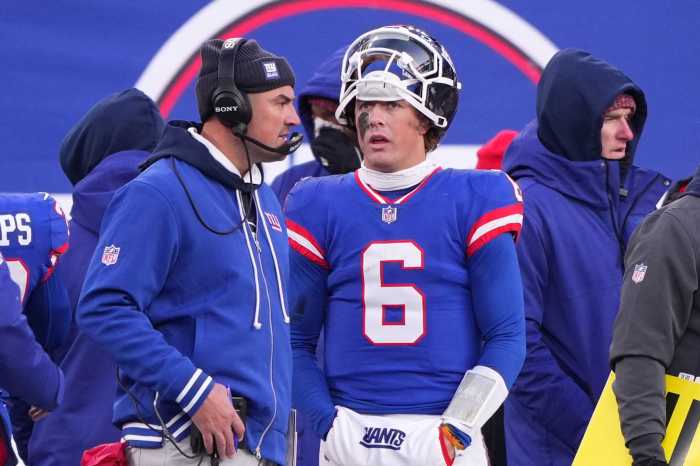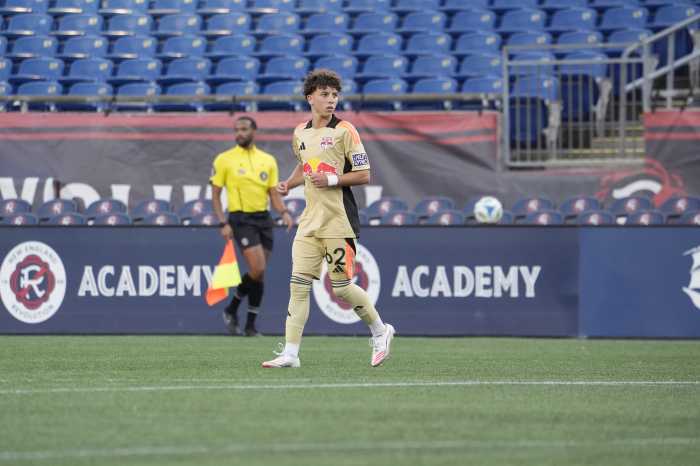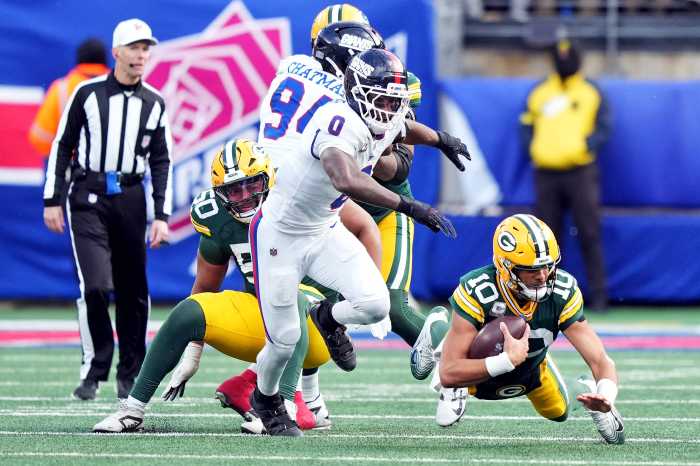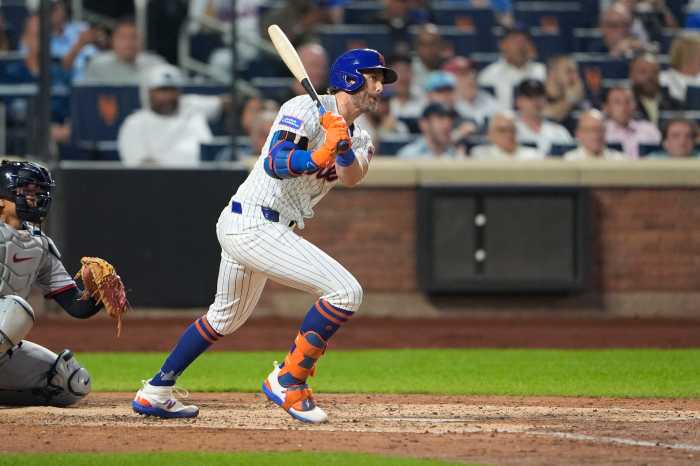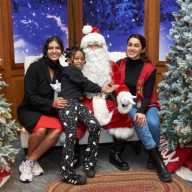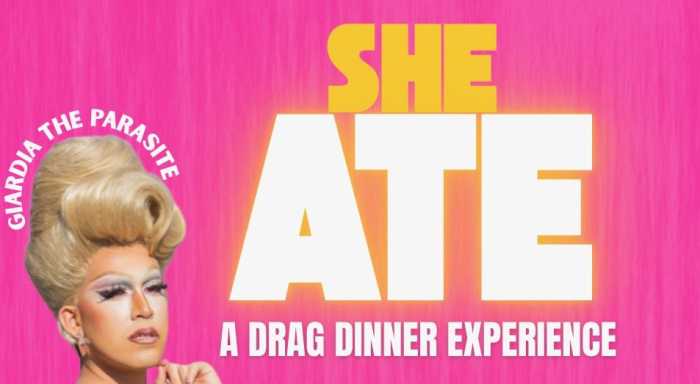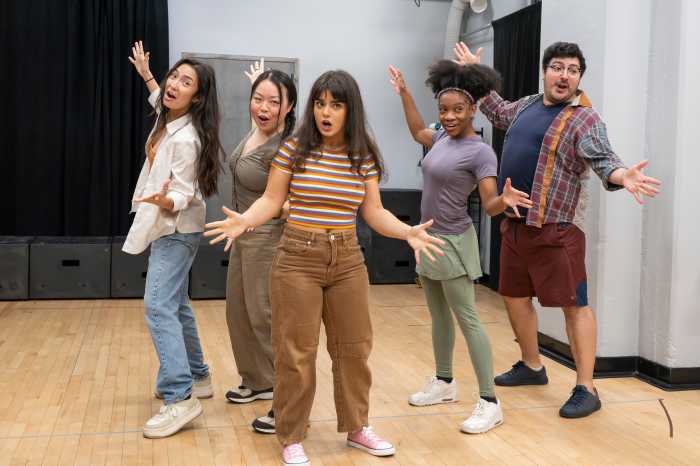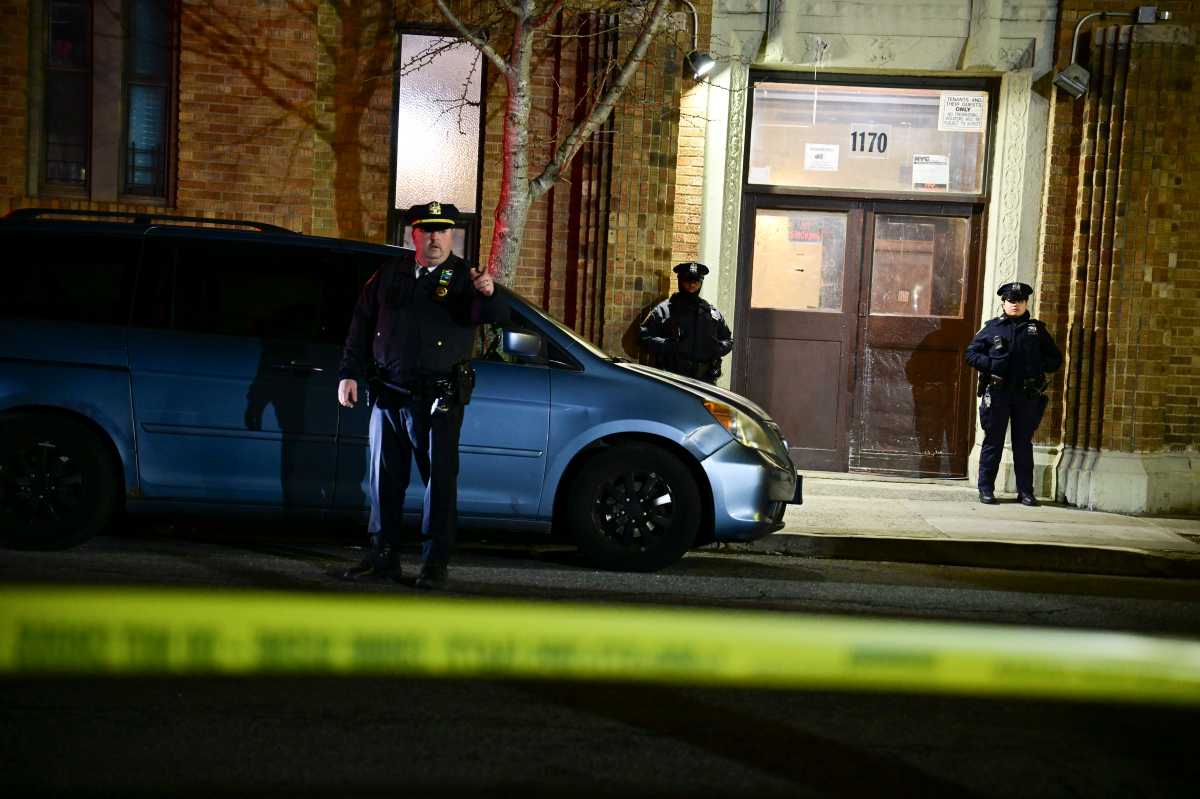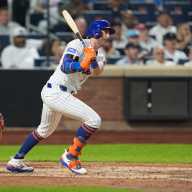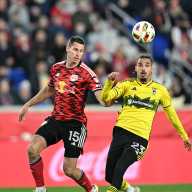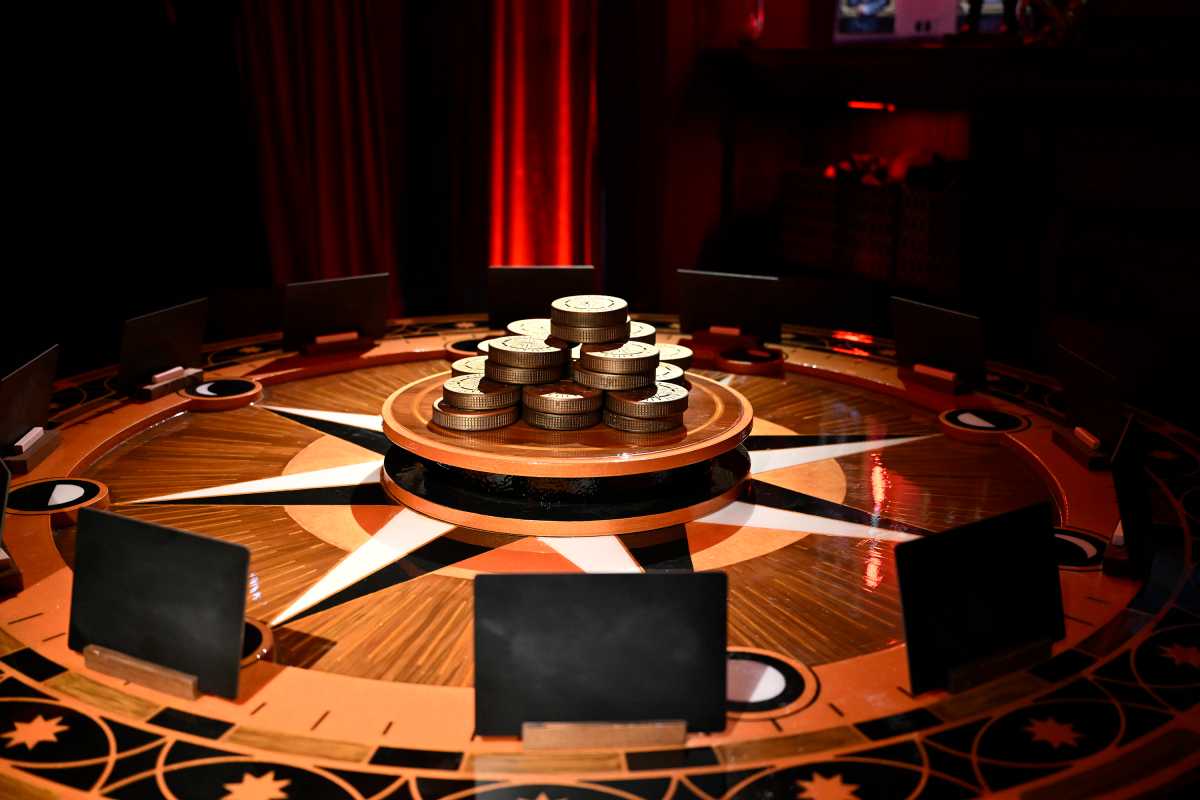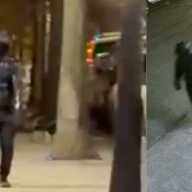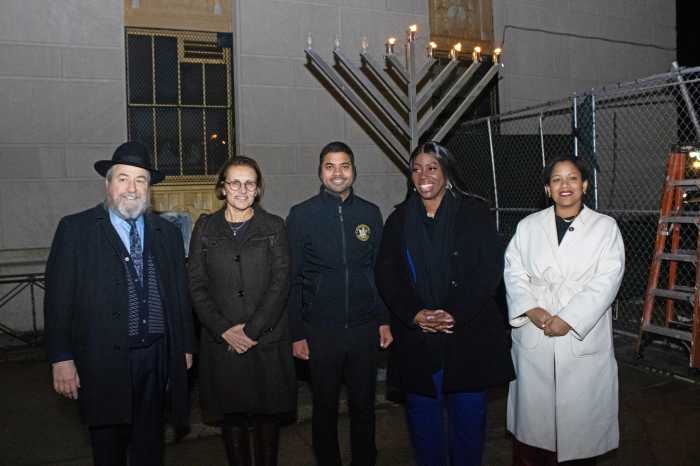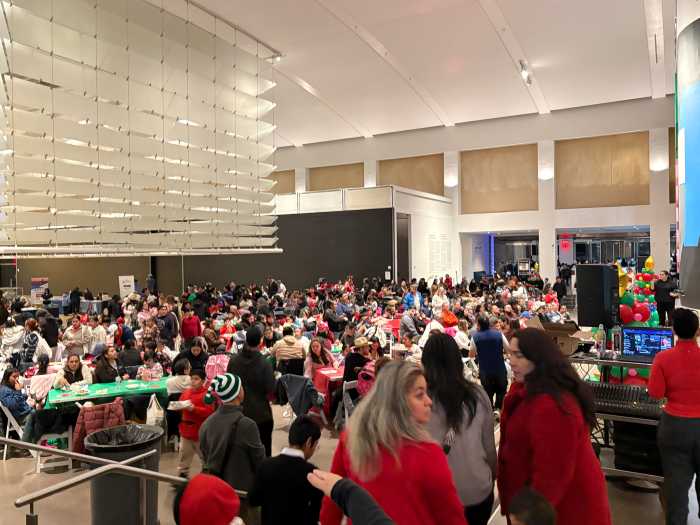Holcombe Rucker Park is nestled in the triangle of the Harlem River, 155th Street and the part of Eighth Avenue known as Frederick Douglass Boulevard. At first glance, the Greg Marius Court looks like every neighborhood basketball court in New York City. But there’s a story here.
Rucker Park is where streetball thrived through the mid-20th century. It was where up-and-coming hoopers put their names on the map. It was where many NBA legends once spent their summers. Kareem Abdul-Jabbar, Julius Erving, Stephon Marbury, Kobe Bryant and Wilt Chamberlain all played here. In New York sports history, the court is just as significant as the ghosts of the hallowed sports grounds nearby — the Polo Grounds and old Yankee Stadium.
Its legacy was cemented in January, as former President Joseph R. Biden Jr., in one of his final acts as commander-in-chief, signed a bill to designate Rucker Park as a National Commemorative site.
Holcombe Rucker’s legacy
Located on the former site of the 8th Avenue Railroad Company, the park opened in 1956 as a playground for the then-adjacent P.S. 156.
Rucker Park is named after Holcombe Rucker, an NYC Parks playground director who founded basketball tournaments at the court and mentored generations of players. According to New York City’s Department of Parks & Recreation, Rucker believed the tournaments had a positive impact on local youth in the summer, when school wasn’t in session.
The most well-known of these tournaments was The Rucker Tournament, which Rucker founded in 1950. “Each one, teach one,” was Rucker’s motto. He guided players academically. He helped secure scholarships for more than 700 players through The Rucker.
Rucker passed away in 1965, at the age of 38.
Ties to NBA history
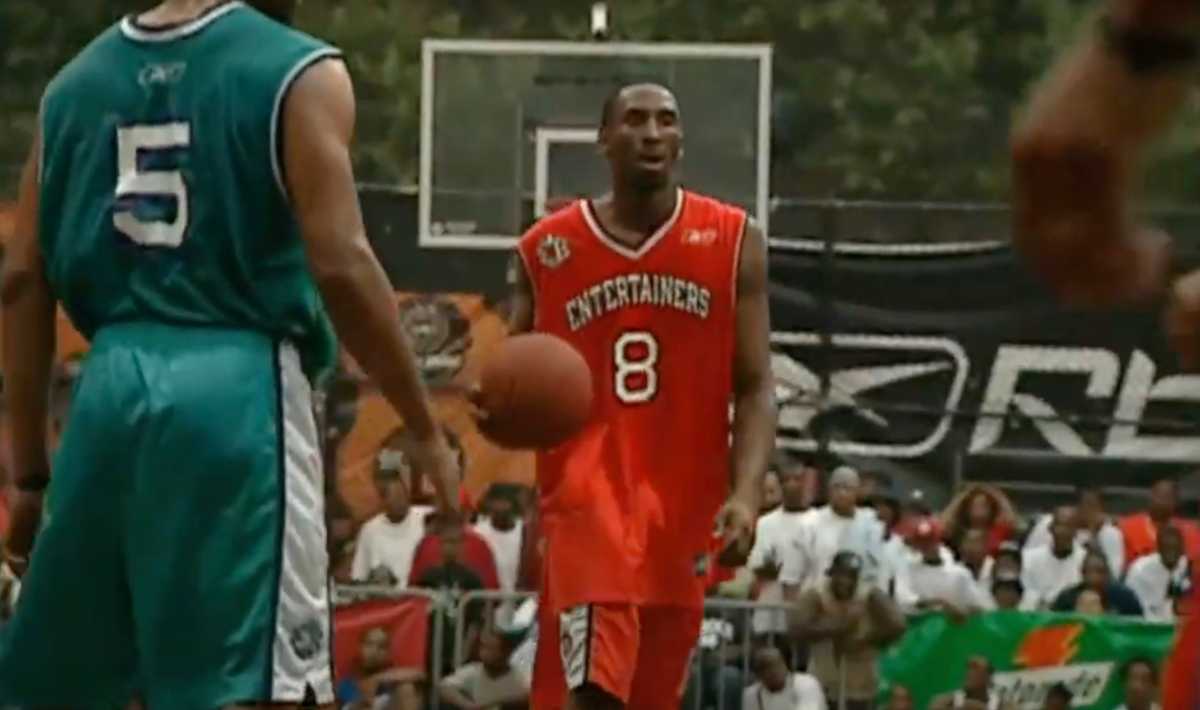
The Rucker Pro League, which Rucker founded in 1954, became the offseason home for many NBA players, like Nate Archibald. They played against New York’s streetball legends. Chamberlain played at the park in the late-1950s, before his NBA debut. Later, Erving and Willis Reed would also play in the league.
No one described the Rucker Pro League better than Jarrod Jonsrud in his 2011 essay on Rucker: “By pitting the top amateurs against the biggest stars professional basketball had to offer the Rucker Pro League reproduced a classic archetypal struggle between David and Goliath.”
The tournament’s reputation grew.
“If you’re a hooper, your dream was to play at that park,” Corey “Homicide” Williams told the New York Times in 2021.
“The basketball culture in New York City is everything,” Bronx rapper Fat Joe told Complex. “Every summer, all attention goes there and everybody comes out to the Rucker.”
Over the years, several NBA stars stopped by. Kobe Bryant made a surprise appearance in 2002. LeBron James, Shaquille O’Neal, Allen Iverson and Carmelo Anthony were scheduled to play what would have been the greatest streetball game of all time in 2003, but the game didn’t happen because of a historic power outage.
Rucker Park as a national landmark
The Holcombe Rucker Park Commemorative Site Act, which commemorated the park’s legacy as an American basketball mecca, was passed in September 2024 and signed into law in January.
“Basketball is truly ‘The City Game,’” U.S. Senator Chuck Schumer said when Rucker Park was designated as a national commemorative site. “And nowhere is this made more real or spectacular or eye-popping, high-fiving, towel-waving, fall-off-the-stands amazing than at the world-renown Rucker Tournaments.”
Since the 1950s, basketball’s current and future stars have graced the court on 155th Street — a sacred space for the sport that allowed it to proliferate, not only in Harlem, but around New York City and across the United States.
